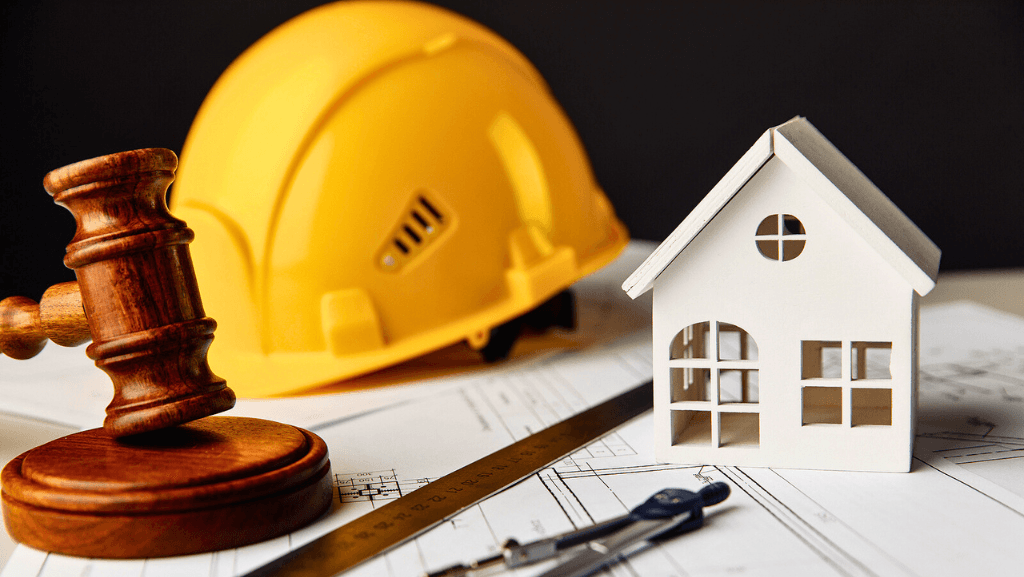
From Sand to Sustainability: Green Building and Construction Law in the UAE
How the UAE is transforming its construction industry through legal frameworks that enforce sustainability and green building practices.
The United Arab Emirates is being reinvented to meet its ever-changing needs. From an underpopulated desert landscape, it has metamorphosed into a center of global commerce and innovation, bolstered by great vision and rapid transformation. Sustainability, at this juncture, is more than just a national ambition; it has been legally enforced and institutionally upheld by the country. This transformation is even more evident in the construction industry, where climate-conscious building processes are no longer seen as optional innovations but have been declared mandatory. The reconfiguration of the UAE's legal framework reflects a more comprehensive reimagining of development, blending ecological responsibility and urban development so that they coexist rather than compete with each other.
In a country once known primarily for its oil wealth and glass skyscrapers galore, the UAE is now carving out a new identity, one that is a Middle Eastern pioneer in sustainable architecture. This inclination towards Green Buildings isn’t merely a matter of policy or design but a matter of legal compliance embedded within the country's construction regulations and urban planning frameworks. Green Building refers to designing, constructing, and operating buildings in ways that decrease resource consumption, minimize environmental impact, and improve occupant well-being.
In the UAE, construction law now codifies this practice with enforceable building codes, permits, and contracts. For instance, the Dubai government has announced a set of laws called the “Dubai Green Building Regulations and Specifications” that apply to new buildings, refurbishments, and change of use applications, including those within the free zones. They were initially introduced in 2010 as a set of voluntary guidelines, but starting from March 2014, the Dubai Municipality has made them compulsory.
According to Article 101.02(a) of the Dubai Green Building Regulations and Specifications, the objective of the regulations is to enhance the overall performance of buildings within the Emirate by reducing the consumption of energy, water, and materials; promoting public health, safety, and welfare; and elevating the standards of planning, design, construction, and building operations. The regulations categorize buildings into distinct typologies, namely villas, residential and commercial structures, public buildings, and industrial facilities, each subject to tailored sustainability requirements corresponding to its function and scale. In accordance with Article 501.01, buildings are required to comply with strict thermal transmittance (U-value) limits for walls, roofs, and glazing to minimize energy loss.
One of the most significant legal implications of the Dubai Green Building Regulations and Specifications is the fact that some provisions affect construction permitting and regulatory approvals. Thus, for building permit acquisition, the developer must submit a Green Building Declaration duly signed by him or her, which declares the premises to be fully compliant with all applicable provisions of the Regulations. Documentation to accompany this declaration should contain energy and water consumption calculations, which can be prepared using either the prescriptive "Elemental Method" a prescriptive approach wherein each building component such as insulation, glazing, lighting systems, and HVAC must independently meet predefined regulatory thresholds or the "Performance Method," which is a more flexible, simulation-based approach wherein the building is assessed holistically and must demonstrate, through modelling and energy analysis software, superior overall environmental efficiency when compared to a baseline standard. While the Elemental Method provides clear, measurable criteria for compliance, the Performance Method allows for design innovation, provided the building’s cumulative performance meets or exceeds regulatory targets. Noncompliance with such requirements might result in a rejection of building permits or suspension of construction activities, or revocation of occupancy certificates.
Dubai Green Building Regulations and Specifications have re-interpreted construction contracts in terms of their drafting, execution, and enforcement, redefining sustainability not as a constitutional ideal, but as a binding legal obligation. Contractors are now required to enforce many on-site environmental controls that include segregation and disposal of waste, dust and runoff suppression, use of certified low-VOC materials, and minimizing noise and light pollution from construction sites. These are no longer best practices, they are statutory duties. An example of the same is found in Article 305.01, which prohibits the use of potable water for general construction purposes and mandates that hazardous waste be disposed of through channels approved by the Dubai Municipality.
The enforcement of these obligations is extremely rigorous. The Dubai Municipality regulatory authority conducts inspections and reviews compliance documentation. Under Article 401.06, indoor air quality testing is required prior to occupancy, with thresholds for pollutants such as formaldehyde, volatile organic compounds, and fine particulate matter. Only licensed laboratories may conduct these tests, and proper calibration certification is mandatory, which adds legal precision to the compliance process.
This shift is redefining construction law practice in the UAE. Legal professionals must now navigate a hybrid space between environmental regulation and contractual enforcement. From an international perspective, the UAE’s approach is noteworthy for its ambitious nature and enforceability. In contrast to the LEED system in the U.S. or BREEAM in the U.K., which are mostly voluntary, the UAE went as far as to legislate green building. The regulatory system is akin to that of the Green Mark Scheme in Singapore, except here it gains its unmistakable identity in the embeddedness into building codes and enforcement procedures through municipal permitting.
Ultimately, the UAE is not just building greener cities, it is constructing a legal ecosystem integrated with sustainability. The evolution of construction law into a vehicle for climate action reflects a broader transformation in the country’s development strategy. Green building is no longer a design preference; it is a legal imperative, and the UAE is proving that law can be foundational to a sustainable future.
For any enquiries or information, contact info@thelawreporters.com or call us on +971 52 644 3004. Follow The Law Reporters on WhatsApp Channels